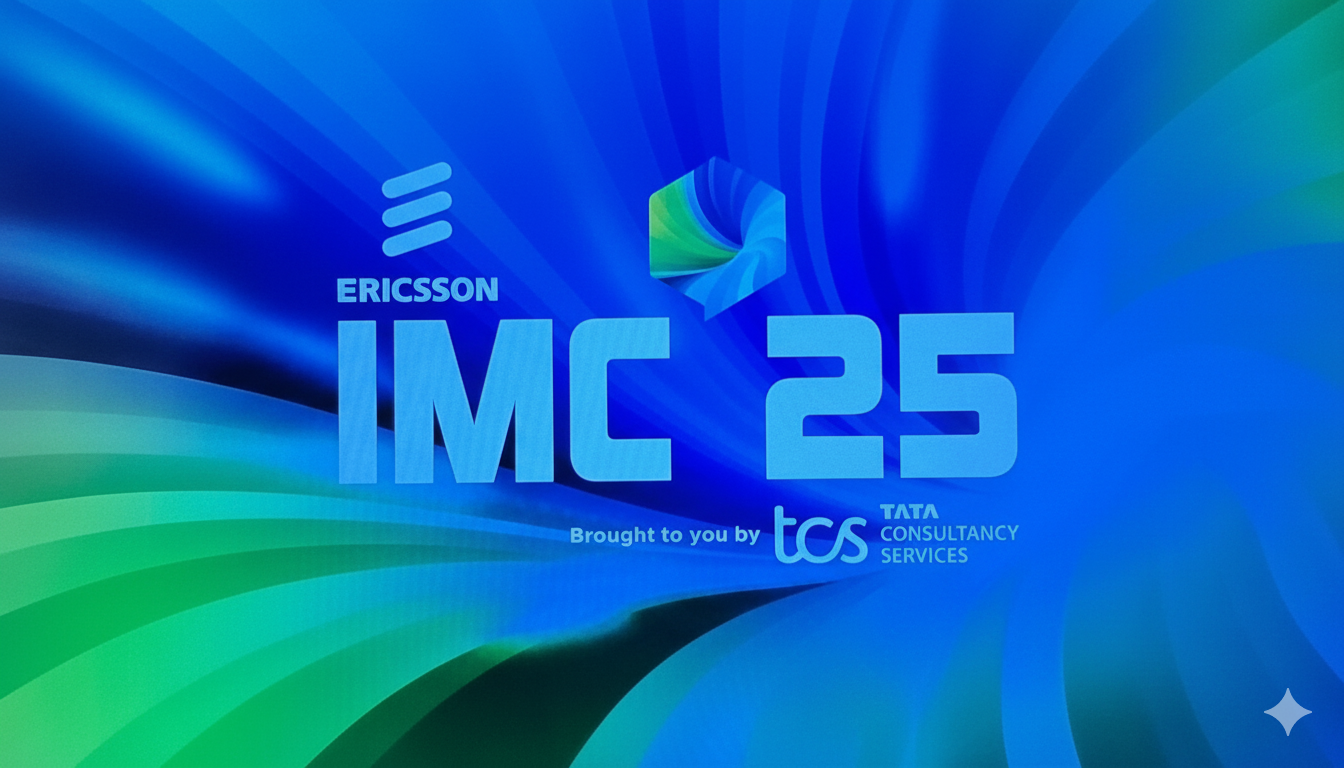- Home
- /
- Courses
- /
- Fundamentals of Web3.0
- /
- C. Smart Contracts and Ethereum
Introduction
Smart contracts are the programmable heartbeat of Web3.0, enabling trustless, automated agreements that execute without intermediaries. Imagine a digital vending machine: insert the right inputs, and it delivers the promised output—no human intervention required. Built on blockchain platforms like Ethereum, smart contracts power decentralized applications (dApps), from financial protocols to digital art marketplaces. They embody Web3.0’s promise of decentralization by replacing traditional contracts with code that is transparent, immutable, and self-executing. This chapter explores the mechanics of smart contracts, their development using Solidity, and the pivotal role of Ethereum as the leading platform for Web3.0 innovation. We’ll dive into the Ethereum Virtual Machine, examine real-world use cases, and address security challenges, equipping you with the knowledge to understand and create smart contracts that drive the decentralized future.
The journey to mastering smart contracts begins with Ethereum, the blockchain that popularized them. Introduced in 2015 by Vitalik Buterin, Ethereum expanded blockchain’s potential beyond Bitcoin’s focus on currency, enabling developers to build programmable, decentralized systems. Whether it’s automating a loan, managing a decentralized organization, or minting a unique digital collectible, smart contracts are the engine behind these innovations. By the end of this chapter, you’ll grasp how smart contracts function, how to write them, and why Ethereum is the cornerstone of Web3.0’s ecosystem.
What are Smart Contracts?
A smart contract is a self-executing program stored on a blockchain that automatically enforces the terms of an agreement when predefined conditions are met. Unlike traditional contracts, which rely on intermediaries like lawyers or banks, smart contracts are executed by code, ensuring transparency and eliminating the need for trust. They are immutable—once deployed, they cannot be altered—and deterministic, meaning the same inputs always produce the same outputs.
For example, consider a crowdfunding platform. In a traditional system, a platform like Kickstarter holds funds until a project meets its goal, charging fees and requiring trust. A smart contract on Ethereum could automate this: backers send funds to the contract, which releases them to the project creator only if the funding goal is reached by a deadline; otherwise, funds are refunded. This process is transparent, verifiable, and requires no middleman.
Smart contracts are written in programming languages like Solidity and deployed on blockchains like Ethereum. They interact with the blockchain’s state, enabling complex logic for applications like decentralized finance (DeFi), non-fungible tokens (NFTs), and governance systems.
Ethereum: The Platform for Smart Contracts
Ethereum is the most widely used blockchain for smart contracts, thanks to its robust infrastructure and developer-friendly ecosystem. Unlike Bitcoin, which focuses on peer-to-peer payments, Ethereum is a general-purpose blockchain designed for programmability. Its key components make it ideal for Web3.0 applications.
Ethereum Virtual Machine (EVM)
The EVM is Ethereum’s runtime environment, a virtual computer that executes smart contracts. Every node in the Ethereum network runs the EVM, ensuring consistent execution across the decentralized network. The EVM processes smart contract code, written in languages like Solidity, and updates the blockchain’s state based on the results. For instance, when you transfer an ERC-20 token, the EVM executes the token’s smart contract to update balances.
Gas Fees
Executing smart contracts requires computational resources, measured in “gas.” Gas is a fee paid in ETH to compensate miners or validators for processing transactions. Complex operations, like executing a multi-step smart contract, consume more gas than simple transfers. Gas fees incentivize network security but can be costly during network congestion. For example, deploying a smart contract on Ethereum’s mainnet might cost $10–$100 in gas, depending on network demand.
Ethereum’s Evolution
Ethereum has evolved significantly since its launch. Initially using Proof of Work (PoW), it transitioned to Proof of Stake (PoS) in 2022 (the Ethereum Merge), reducing energy consumption by over 99%. Ethereum also supports Layer 2 solutions like Polygon and Arbitrum, which enhance scalability by processing transactions off-chain while leveraging Ethereum’s security. These advancements make Ethereum a scalable, sustainable platform for Web3.0.
Solidity: The Language of Smart Contracts
Solidity is the most popular programming language for writing smart contracts on Ethereum. It’s a high-level, contract-oriented language with syntax similar to JavaScript, designed for the EVM. Solidity enables developers to define contract logic, including functions, events, and data storage.
Key Features of Solidity
- Contracts: The core unit in Solidity, analogous to classes in object-oriented programming. A contract defines functions, variables, and events. For example, a voting contract might include functions to cast votes and tally results.
- Functions: Reusable code blocks that perform actions, like transferring tokens or updating a contract’s state. Functions can be public (callable by anyone), private, or external.
- Events: Mechanisms to log actions on the blockchain, enabling dApps to listen for updates. For instance, a marketplace contract might emit an event when an NFT is sold.
- Storage: Smart contracts store data on the blockchain, which is persistent and costly. Developers optimize storage use to minimize gas fees.
Example: A Simple Solidity Contract
Below is a basic Solidity contract for a voting system:
// SPDX-License-Identifier: MIT
pragma solidity ^0.8.0;
contract SimpleVoting {
mapping(address => uint256) public votes;
address[] public candidates;
function addCandidate(address candidate) public {
candidates.push(candidate);
}
function vote(address candidate) public {
votes[candidate] += 1;
}
function getVoteCount(address candidate) public view returns (uint256) {
return votes[candidate];
}
}This contract allows users to add candidates, cast votes, and check vote counts. It demonstrates Solidity’s simplicity and power, with data stored on the blockchain for transparency.
Development Tools for Smart Contracts
Building and deploying smart contracts requires specialized tools. Here are the most popular:
- Remix IDE: A browser-based environment for writing, testing, and deploying Solidity contracts. Ideal for beginners, Remix offers real-time debugging and testnet integration.
- Truffle: A development framework for compiling, testing, and deploying contracts. Truffle streamlines complex projects with automated testing and deployment scripts.
- Hardhat: A flexible tool for advanced developers, offering features like local blockchain simulation and detailed error tracing.
- MetaMask: A browser-based wallet for interacting with Ethereum and testnets. Developers use MetaMask to deploy contracts and test dApps.
- Testnets: Networks like Sepolia or Ropsten allow developers to test contracts without spending real ETH. For example, deploying a contract on Sepolia costs no real money but mimics mainnet conditions.
These tools form a robust ecosystem, enabling developers to build secure, efficient smart contracts.
Use Cases of Smart Contracts
Smart contracts power a wide range of Web3.0 applications, transforming industries by automating trust. Here are key examples:
- Decentralized Finance (DeFi): Smart contracts enable lending, borrowing, and trading without banks. Uniswap’s automated market maker (AMM) uses smart contracts to facilitate token swaps, while Compound automates lending with interest rates set by algorithms.
- Non-Fungible Tokens (NFTs): Smart contracts define NFT ownership and transfer rules. The ERC-721 standard, used by platforms like OpenSea, ensures each NFT is unique and verifiable.
- Supply Chain: Smart contracts track goods transparently. For instance, a contract could release payment to a supplier only when a shipment is verified on the blockchain.
- Gaming: Blockchain games like Axie Infinity use smart contracts to manage in-game assets, ensuring players own their digital items.
- Decentralized Autonomous Organizations (DAOs): DAOs like MakerDAO use smart contracts for governance, allowing token holders to vote on protocol changes.
These use cases highlight smart contracts’ versatility, enabling trustless systems across diverse domains.
Security Considerations
Smart contracts are powerful but vulnerable to bugs and attacks. Since they’re immutable, errors can be costly. Notable vulnerabilities include:
- Reentrancy Attacks: A malicious contract repeatedly calls a function before it completes, draining funds. The 2016 DAO hack exploited this, stealing $50 million in ETH.
- Integer Overflow/Underflow: Mishandling numerical operations can lead to unexpected behavior. Modern Solidity versions mitigate this with safe math libraries.
- Gas Limit Issues: Complex contracts may exceed gas limits, causing failures. Developers must optimize code for efficiency.
To mitigate risks, developers use:
- Audits: Third-party reviews by firms like OpenZeppelin to identify vulnerabilities.
- Formal Verification: Mathematical proofs to ensure contract correctness.
- Best Practices: Using libraries like OpenZeppelin’s for secure, pre-audited code.
For example, OpenZeppelin’s ERC-20 template provides a secure foundation for token contracts, reducing the risk of joint ventures
Recommended Readings
To deepen your understanding of smart contracts and Ethereum, explore these authoritative resources:
- “Mastering Ethereum” by Andreas M. Antonopoulos and Gavin Wood: A comprehensive guide to Ethereum’s architecture, smart contracts, and dApp development.
- “Solidity Documentation” (soliditylang.org): The official resource for learning Solidity, with tutorials and best practices for smart contract development.
- “Ethereum: Blockchains, Digital Assets, Smart Contracts, Decentralized Autonomous Organizations” by Henning Diedrich: A deep dive into Ethereum’s ecosystem and its transformative potential.
- “The Ethereum Whitepaper” by Vitalik Buterin: The foundational document outlining Ethereum’s vision for smart contracts and decentralized applications.
- “Building Ethereum DApps” by Roberto Infante: A practical guide to developing decentralized applications, with insights into smart contract design.
Conclusion
Smart contracts, powered by Ethereum, are the engine of Web3.0, enabling trustless, automated systems that redefine industries from finance to gaming. Ethereum’s EVM, Solidity, and tools like Remix, Truffle, and Facet provide a robust ecosystem for building and deploying these contracts. While security challenges like reentrancy attacks require vigilance, best practices, and innovations like Facet’s upgradability ensure resilience. This chapter has laid the foundation for understanding smart contracts’ mechanics, development, and applications. As we progress, we’ll explore how smart contracts integrate with dApps, DeFi, and other Web3.0 components, unlocking the full potential of the decentralized internet.











